The Nightmare Behind The Yellow Brick Road: What Really Happened on 1939’s The Wizard of Oz Set
With “Wicked” casting a glittery spell all over Hollywood, it’s time to yank the curtain back on the original chaos that started it all. 1939’s “The Wizard of Oz” might look like a cheerful skip down a yellow brick road, but behind the scenes, it was more like a slippery slope of mishaps, mayhem, and “who approved this?” decisions. Between surprise fires, sketchy makeup, and animals having the worst day at work, the set was anything but magical, and somehow, that only makes the story juicier.
As audiences fall back in love with flying witches and fabulous green skin, the behind-the-scenes reality hits differently. Toxic snow, near-disasters, banned scenes, and drama that would make a modern film set shut down instantly. Turns out the real fantasy wasn’t Oz, it was everyone making it out in one piece, and honestly, that alone deserves a standing ovation.
The Wicked Witch Burst Into Flames
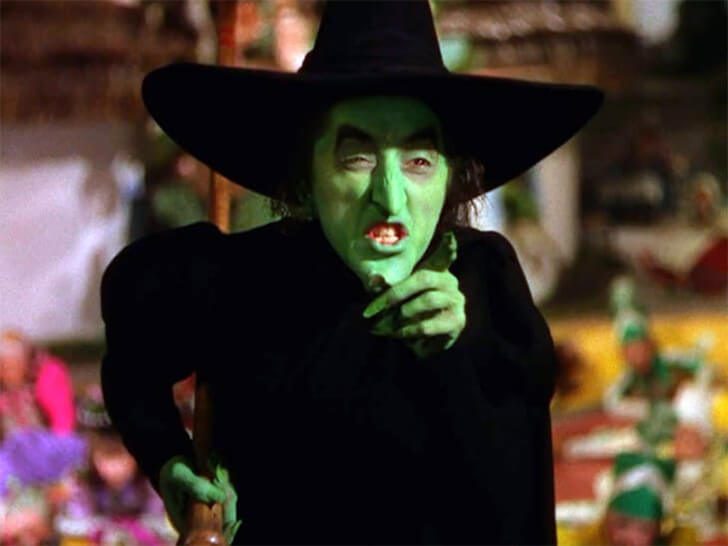
Image via IMDb
During a smoke-and-fire exit meant to look magical, the timing went wrong, and real flames shot up around Margaret Hamilton. The trap door failed to open, leaving her caught in the blaze. Her hat and broom caught fire, and she suffered visible burns to her face and hand. The pain faded, but the trauma stayed.
The Stunt Double Was Burned Too

Image via IMDb
When Hamilton refused to repeat the stunt, a double stepped in for the next smoke escape. Alarmingly, the effect went wrong again, and the double was rushed to the hospital after being burned. Two witches, same nightmare.
The Tin Man’s Makeup Turns Toxic

Image via IMDb
Buddy Ebsen, the original Tin Man, suffered a severe reaction to the aluminum powder used in his face paint. He could barely breathe and was placed in an oxygen tent. The role nearly cost him his life and was swiftly recast.
The Film’s “Snow” Turned Out to Be Asbestos
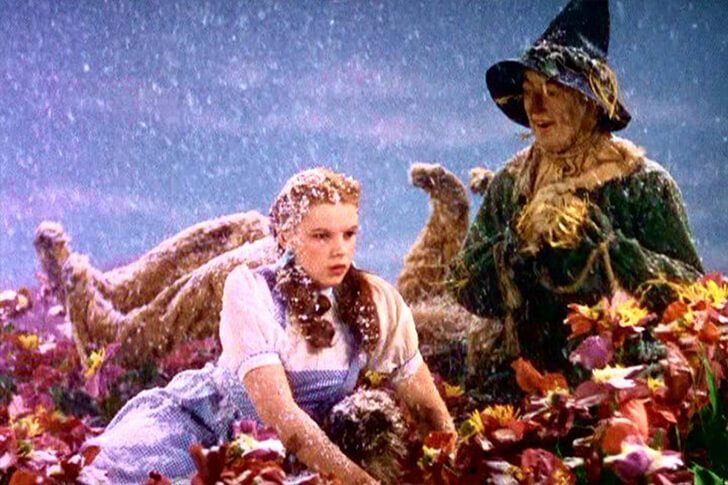
Image via IMDb
That dreamy moment when snow drifts over Dorothy and her friends was created with asbestos. At the time, it seemed harmless, but today its risks are well-known and shocking to revisit.
Judy Garland Was Medicated to Look Younger

Image via IMDb
To make her appear more childlike, the studio put Judy Garland on extreme diets, stimulants to stay awake, and sedatives to sleep. She was even encouraged to smoke to suppress her appetite, decisions that would haunt her for years.
The Cowardly Lion Wore a Real Pelt

Image via IMDb
Bert Lahr’s lion costume was made from actual lion fur. It was unbearably hot, incredibly heavy, and nearly impossible to clean, making every day in it a humid nightmare.
Toto Was Injured During Filming

Image via IMDb
The tiny dog playing Toto had her paw stepped on during a scene. She was removed from filming for several weeks while she healed, then carefully brought back to finish her part.
Technicolor Turned the Set Into a Furnace

Image via IMDb
To capture those rich, bold colors, the set was blasted with intense lights that pushed the temperature close to 100°F, turning the studio into a furnace for actors trapped in layers of makeup and costumes.
Toxic Air Forced Production to Stop
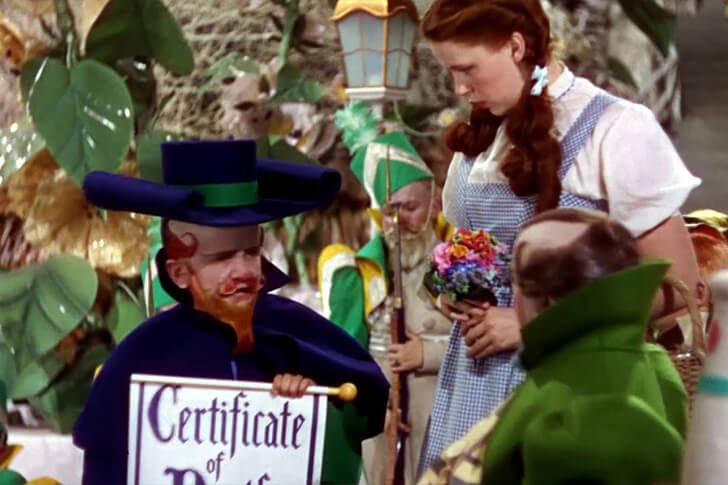
Image via IMDb
The heat and poor ventilation caused carbon dioxide to build up on set. Filming had to stop repeatedly while the studio was aired out, dragging the exhausting shoot even longer.
Munchkin Misbehavior Became Hollywood Legend
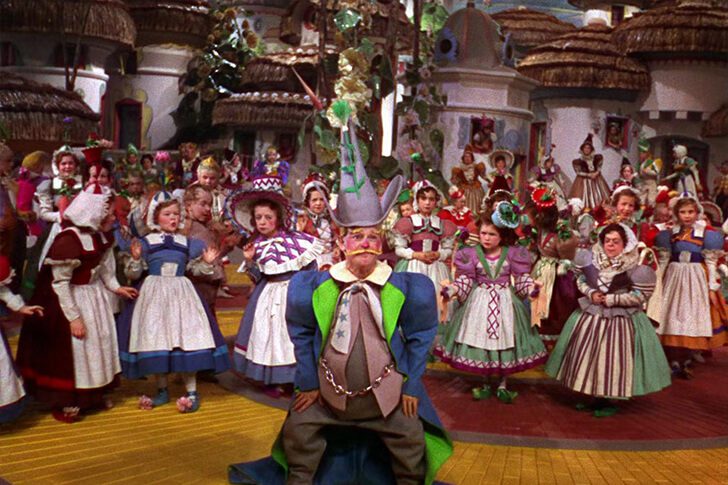
Image via IMDb
Some of the performers cast as Munchkins developed a reputation for wild off-set antics, including heavy partying and noise complaints that reportedly led to repeated police visits.
Costumed Stars Were Kept Apart
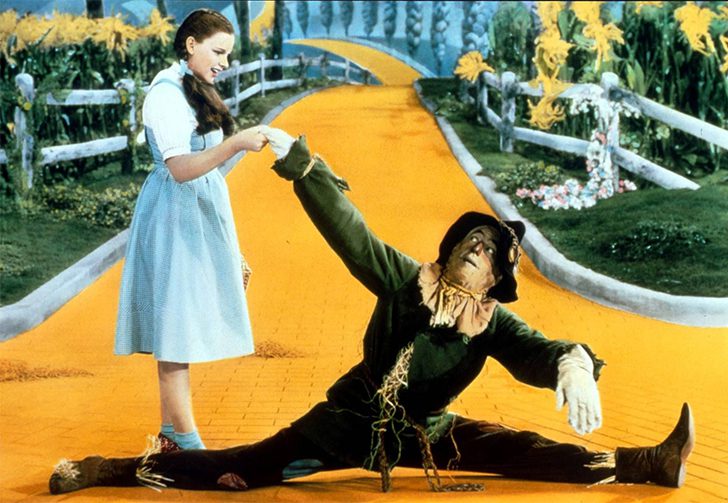
Image via IMDb
Those playing the Scarecrow, Tin Man, and Cowardly Lion were forced to eat away from others because their unfinished looks disturbed people. It was isolating and dehumanizing, even on a magical set.
“Over the Rainbow” Nearly Got Cut

Image via IMDb
Studio executives nearly removed Dorothy’s signature song, worrying it slowed the film’s pace. Only a last-minute decision saved it, and it went on to become one of the most beloved songs ever written for film.
The Green Makeup Scarred Margaret Hamilton
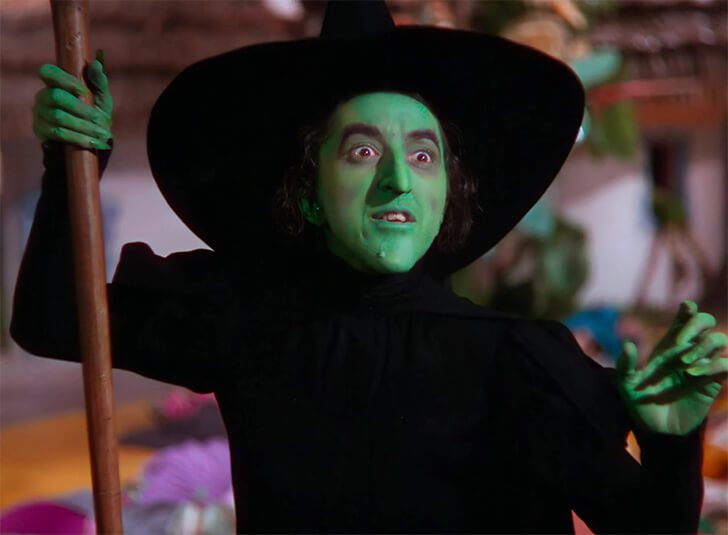
Image via IMDb
The copper-based paint that gave the Witch her iconic look burned Hamilton’s skin and temporarily stained her green. After accidentally swallowing some, she was put on a liquid diet until the color finally faded.
The Wicked Witch Was Deemed Too Frightening
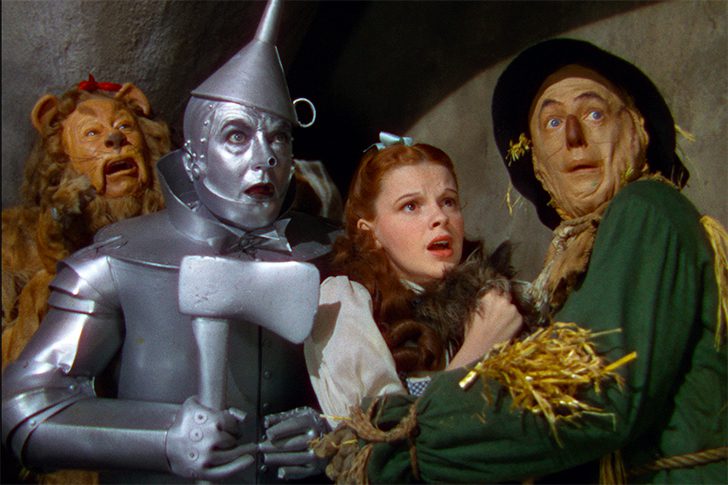
Image via IMDb
Several of Hamilton’s scenes were trimmed or softened after audiences, especially children, found her character overwhelmingly frightening. Even Oz had to draw the line somewhere.
Her “Sesame Street” Appearance Was Banned

Image via IMDb
When Hamilton reprised her Witch role on “Sesame Street” in 1976, the episode was so frightening that it was pulled after just one airing. Not even Big Bird could make it okay.
A White Horse Was Dyed Red With Gelatin

Image via IMDb
To create a surreal visual, a white horse was coated in red gelatin powder. The downside? The horse loved the sweet taste and kept trying to lick itself mid-scene.
The “Jitterbug” Scene Disappeared

Image via IMDb
A musical sequence featuring giant insects was fully filmed but cut before release, reportedly due to concerns over tone and potential associations with another popular song.
One Line Exposes the Missing Scene

Image via IMDb
Even though the number was removed, a line in the film still references the Wicked Witch sending bugs, leaving behind a tiny but real continuity hiccup.
The Slippers Once Carried Political Meaning
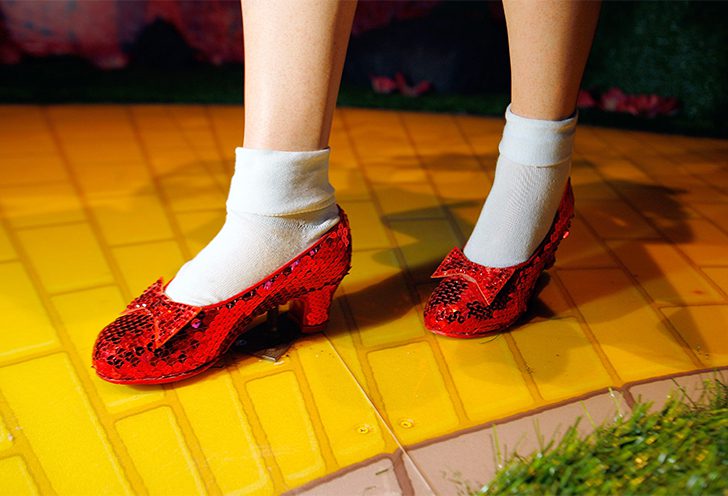
Image via IMDb
In L. Frank Baum’s book, Dorothy’s shoes were silver, a symbol tied to American monetary politics of the 1890s. The film turned them ruby to show off Technicolor, and history sparkled in a new shade.
Toto Now Rests Beneath a Highway
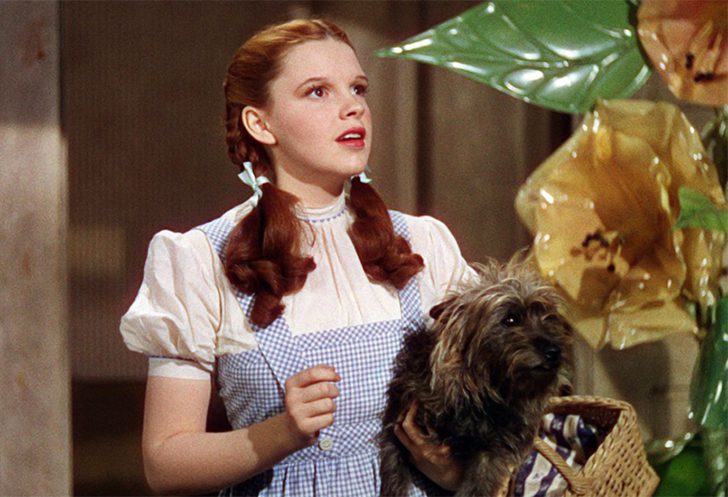
Image via IMDb
After her death in 1944, the dog who played Toto was buried at her trainer’s school. Years later, that land became the Ventura Freeway, meaning one of cinema’s most famous pups now lies beneath the passing traffic.